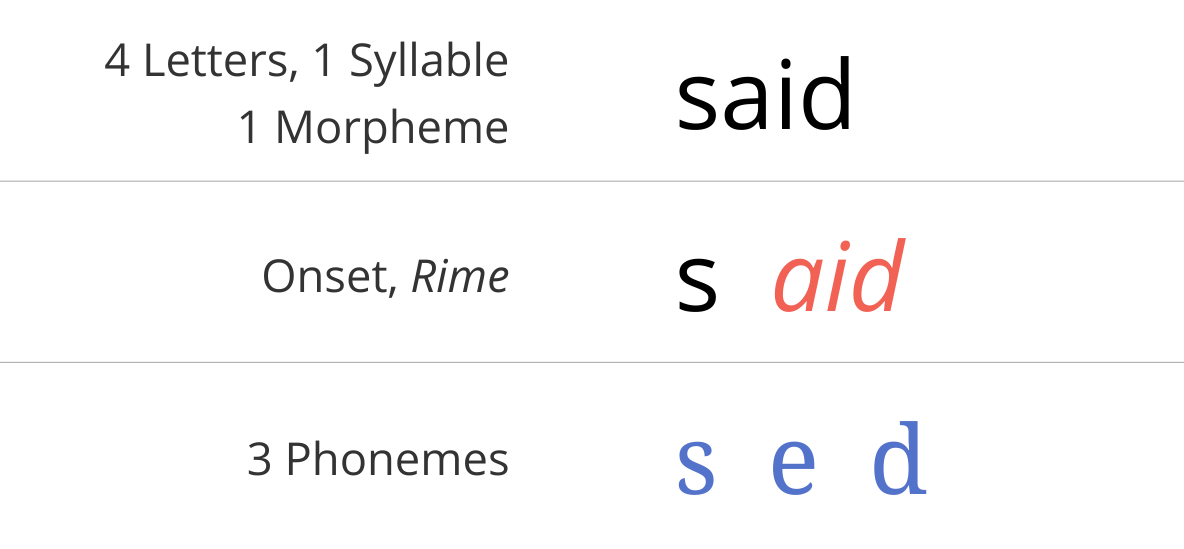Last fall, I wrote a piece for The 74 Million titled, “The 50 Very Different States of American Public Education.” In that piece, I chronicled how public education looks very different depending on where you happen to live. From spending and staffing levels to the types of teachers they employ, what might look weird to a New Yorker is now common in Florida, and vice versa.
For example, schools in New York and Washington, D.C. now spend about three times what schools in Utah and Idaho spend. These figures are not adjusted for cost-of-living differences, but they are operating very different schools. A typical school in New York pays its staff a lot higher salaries and can still afford to employ almost twice the number of people (per student) than a school in Utah or Arizona can.
There are similarly large differences when it comes to who those employees are. Do teachers have to go through traditional, university-based preparation programs, or are they coming from alternative routes? Do most teachers have Master’s degrees or not? These answers vary tremendously across the states. For instance, only about one-third of public school teachers in Oklahoma have a Master’s degree, compared to nearly all of them in Massachusetts, Connecticut, and New York.
